Input interpretation

iodoethane
Chemical names and formulas

formula | C_2H_5I name | iodoethane alternate names | ethane, iodo- | ethyl iodide | hydriodic ether | monoiodoethane mass fractions | C (carbon) 15.4% | H (hydrogen) 3.23% | I (iodine) 81.4%
Lewis structure
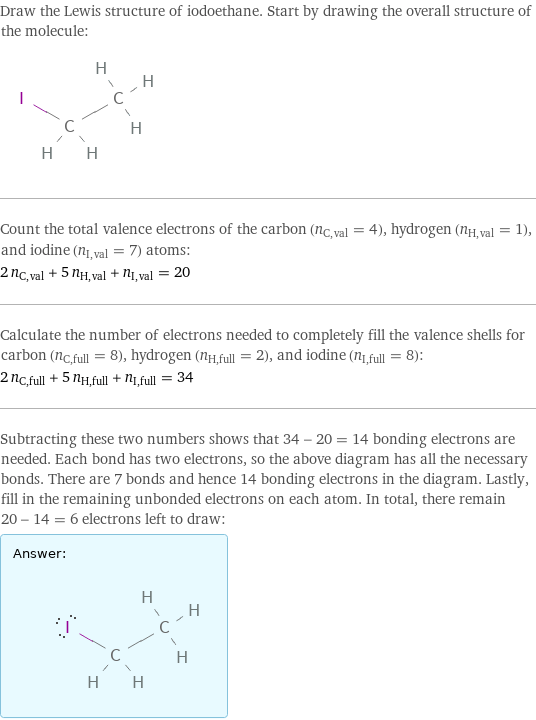
Draw the Lewis structure of iodoethane. Start by drawing the overall structure of the molecule: Count the total valence electrons of the carbon (n_C, val = 4), hydrogen (n_H, val = 1), and iodine (n_I, val = 7) atoms: 2 n_C, val + 5 n_H, val + n_I, val = 20 Calculate the number of electrons needed to completely fill the valence shells for carbon (n_C, full = 8), hydrogen (n_H, full = 2), and iodine (n_I, full = 8): 2 n_C, full + 5 n_H, full + n_I, full = 34 Subtracting these two numbers shows that 34 - 20 = 14 bonding electrons are needed. Each bond has two electrons, so the above diagram has all the necessary bonds. There are 7 bonds and hence 14 bonding electrons in the diagram. Lastly, fill in the remaining unbonded electrons on each atom. In total, there remain 20 - 14 = 6 electrons left to draw: Answer: | |
3D structure

3D structure
Basic properties
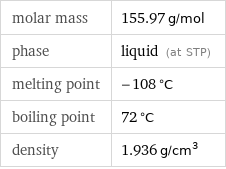
molar mass | 155.97 g/mol phase | liquid (at STP) melting point | -108 °C boiling point | 72 °C density | 1.936 g/cm^3
Units

Liquid properties (at STP)
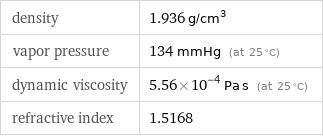
density | 1.936 g/cm^3 vapor pressure | 134 mmHg (at 25 °C) dynamic viscosity | 5.56×10^-4 Pa s (at 25 °C) refractive index | 1.5168
Units

Thermodynamic properties
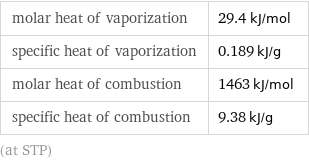
molar heat of vaporization | 29.4 kJ/mol specific heat of vaporization | 0.189 kJ/g molar heat of combustion | 1463 kJ/mol specific heat of combustion | 9.38 kJ/g (at STP)
Chemical identifiers

CAS number | 75-03-6 Beilstein number | 505934 PubChem CID number | 6340 SMILES identifier | CCI InChI identifier | InChI=1/C2H5I/c1-2-3/h2H2, 1H3 EU number | 200-833-1 RTECS number | KI4750000 NSC number | 8825
NFPA label

NFPA label
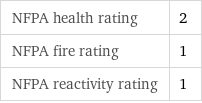
NFPA health rating | 2 NFPA fire rating | 1 NFPA reactivity rating | 1
Safety properties

flash point | 21 °C

DOT hazard class | 3 DOT numbers | 1993